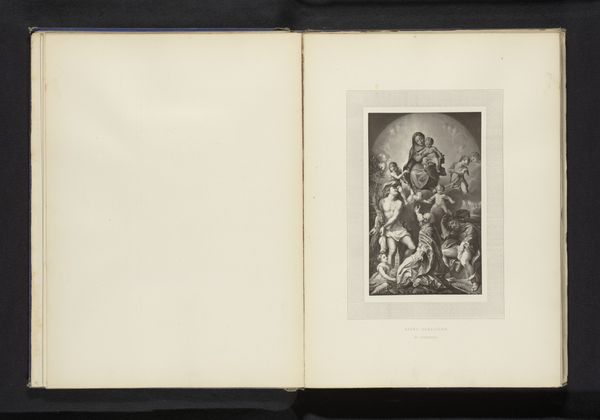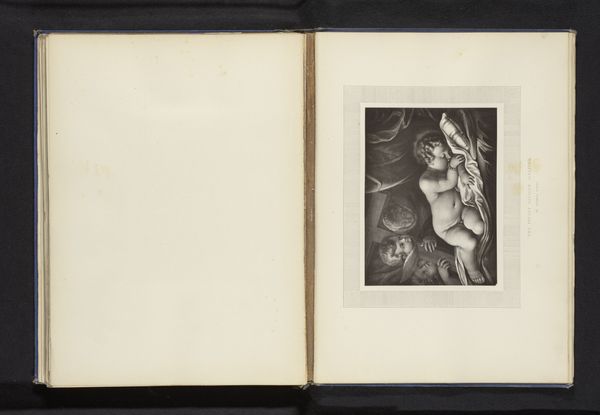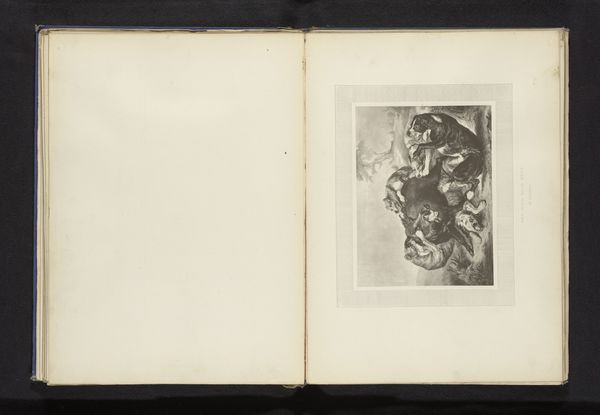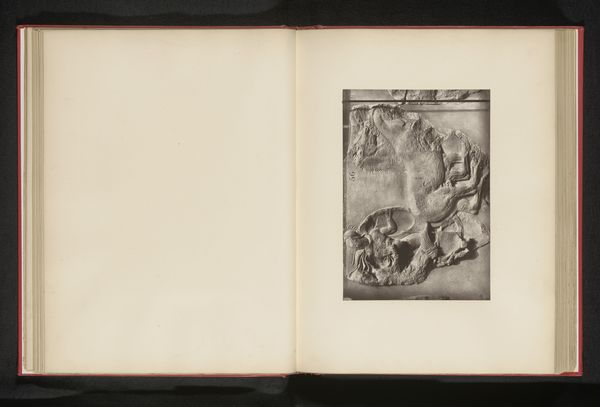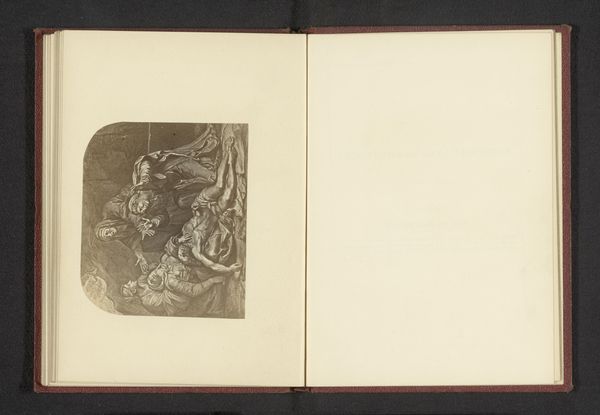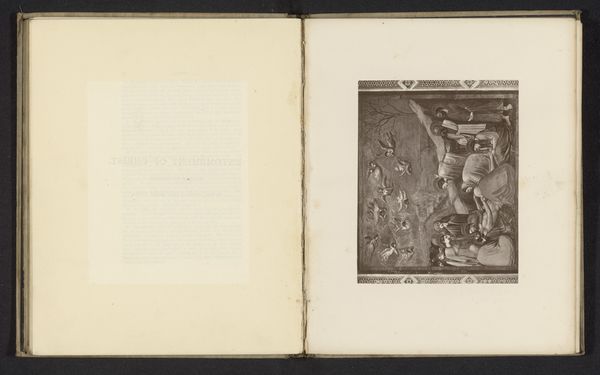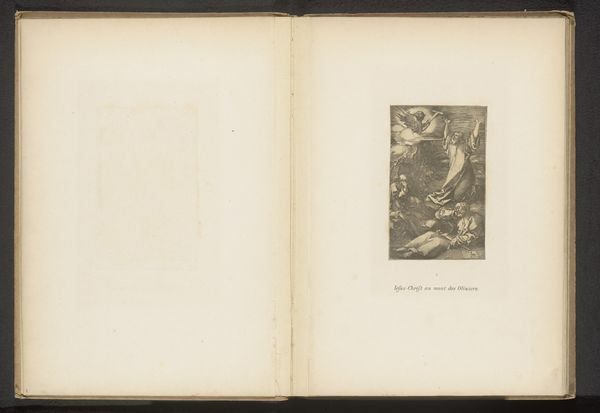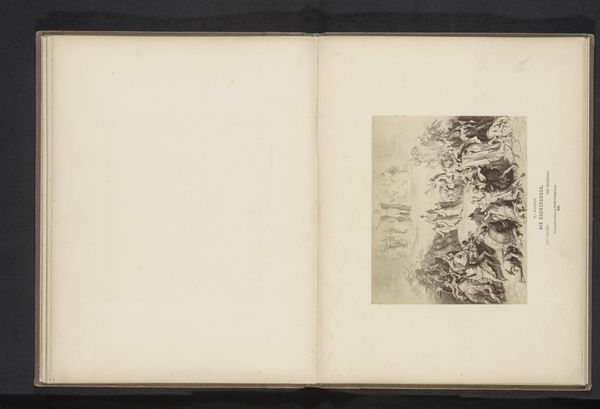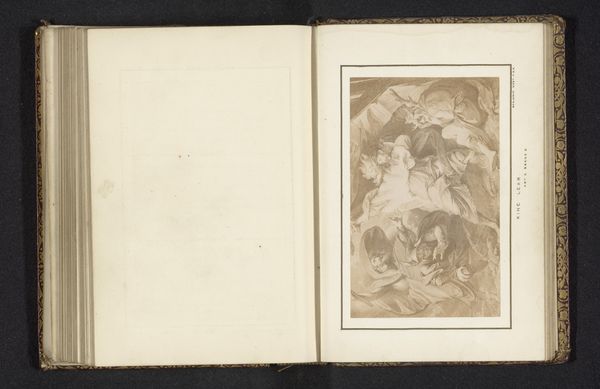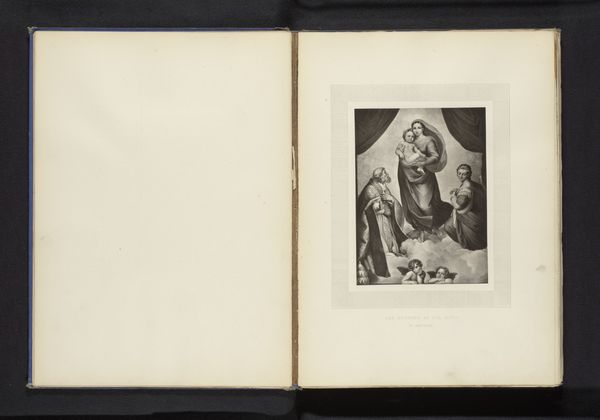
Reproductie van een prent van saters en nimfen naar Peter Paul Rubens before 1875
0:00
0:00
anonymous
Rijksmuseum
Dimensions: height 153 mm, width 189 mm
Copyright: Rijks Museum: Open Domain
This print, whose maker is unknown, reproduces a scene by Peter Paul Rubens depicting satyrs and nymphs. The printmaking process, especially in the absence of color, encourages us to focus on the crisp lines and the interplay of light and shadow. Look closely, and you’ll see how the image emerges from the surface of the paper, built up through a network of tiny marks. This is a world away from the free brushwork of Rubens’s original painting, and would have required immense patience and skill with engraving tools. Prints like this one played a vital role in disseminating images before photography. They made art accessible to a wider audience, but also transformed it. The image becomes a commodity, a thing to be reproduced and distributed – a far cry from the unique, handmade qualities of the original artwork. By understanding the materials and processes involved, we can appreciate the cultural and social significance of this seemingly simple reproduction. It challenges our conventional notions of artistic value, and reminds us that even the most mass-produced object has a story to tell.
Comments
No comments
Be the first to comment and join the conversation on the ultimate creative platform.


